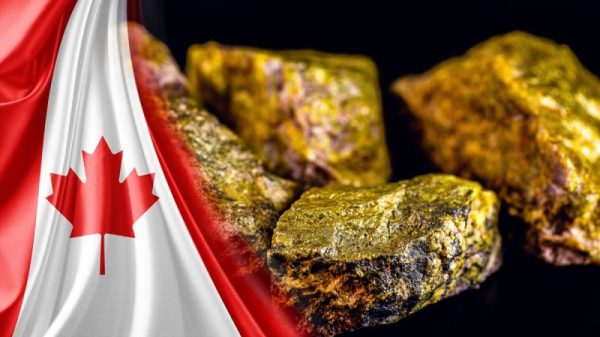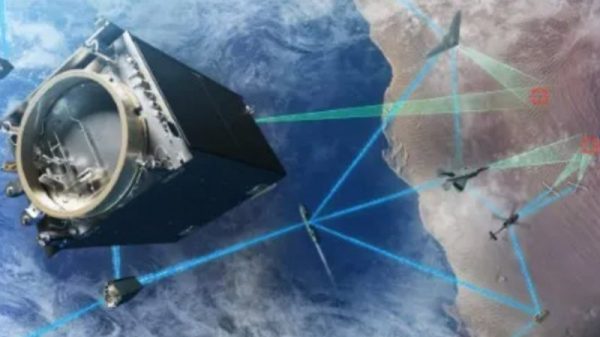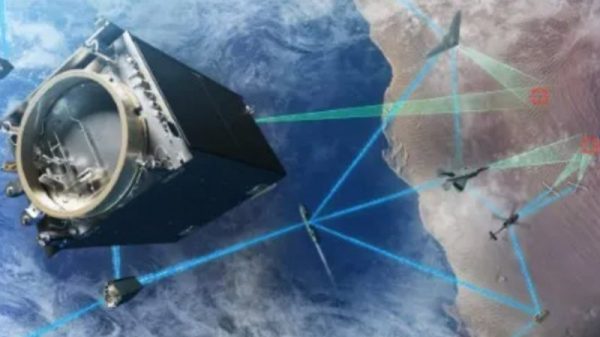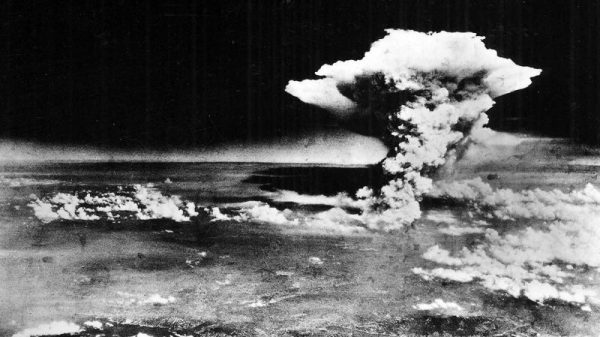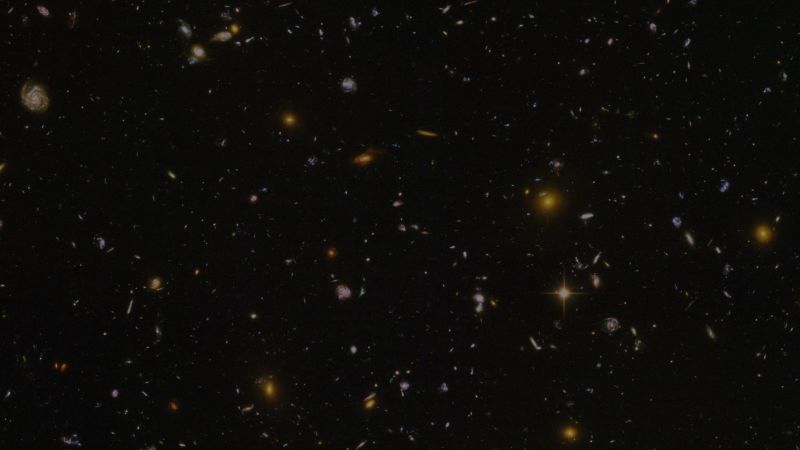The age of the dinosaurs ended 66 million years ago when a city-size asteroid struck a shallow sea off the coast of what is now Mexico.
But exactly how the mass extinction of 75% of the species on Earth unfolded in the years that followed the cataclysmic impact has remained unclear.
Previous research suggested that sulfur released during the impact, which left the 112-mile-wide (180-kilometer-wide) Chicxulub crater, and soot from wildfires triggered a global winter, and temperatures plunged.
However, a new study published Monday in the journal Nature Geoscience suggests that fine dust made from pulverized rock thrown up into Earth’s atmosphere in the wake of the impact likely played a greater role. This dust blocked the sun to an extent that plants were unable to photosynthesize, a biological process critical for life, for almost two years afterward.
“Photosynthesis shutting down for almost two years after impact caused severe challenges (for life),” said lead study author and planetary scientist Cem Berk Senel, a postdoctoral researcher at the Royal Observatory of Belgium. “It collapsed the food web, creating a chain reaction of extinctions.”
An unexpected killing mechanism
To reach their findings, scientists developed a new computer model to simulate the global climate after the asteroid strike. The model was based on published information on Earth’s climate at that point in time, as well as new data from sediment samples taken from the Tanis fossil site in North Dakota that captured a 20-year period during the aftermath of the strike.
The Tanis fossil site provides a unique record of what was perhaps the most significant event in the history of life on our planet. Fossilized fish found at the site have revealed that the asteroid struck off Mexico’s Yucatán Peninsula in springtime. Other fossils found there show how the disastrous day unfolded in unprecedented detail.
The sample from the site analyzed for the new study contained silicate dust particles that were thrust into the atmosphere in a plume of ejecta before returning to Earth.
The team determined that this fine dust could have remained in the atmosphere for up to 15 years after the asteroid strike. The researchers suggested the global climate may have cooled by as much as 15 degrees Celsius.
Their research marked the first time these dust particles had been studied in detail.
“It had been long assumed that the main killing mechanism was extreme cold following the Chicxulub impact, but of course the cessation of photosynthesis after impact is a mechanism itself,” Senel said.
“Within a few weeks, months (of the impact), the planet underwent a global shutdown in photosynthesis, which continued for almost two years during which photosynthesis is completely gone,” Senel added. “Then it starts getting back to recovery after these two years. … Within three to four years, it reaches a complete recovery.”
Mysteries surrounding mass extinction
Senel said the model revealed that the shutdown of photosynthesis — the process by which plants use sunlight, water and carbon dioxide to produce energy and oxygen — was directly linked to the fine dust ejected into the atmosphere that blocked the sun.
Paleontologist Alfio Alessandro Chiarenza said the study helped unravel some of the mysteries surrounding the mass extinction event.
“The main takeaway from this paper is that it provides more precise constraints on the composition, properties, and duration of the fine dust component ejected from the impact site, which contributed to the global darkness during the impact winter,” said Chiarenza, a postdoctoral research fellow at the University of Vigo in Spain. He was not involved in the study.
“This new information enables us to investigate the processes and duration more rigorously, shedding light on the mechanisms behind the blockage of solar radiation, resulting in photosynthesis shutdown and a significant drop in temperatures below the habitable conditions for example for non-avian dinosaurs,” Chiarenza added.

